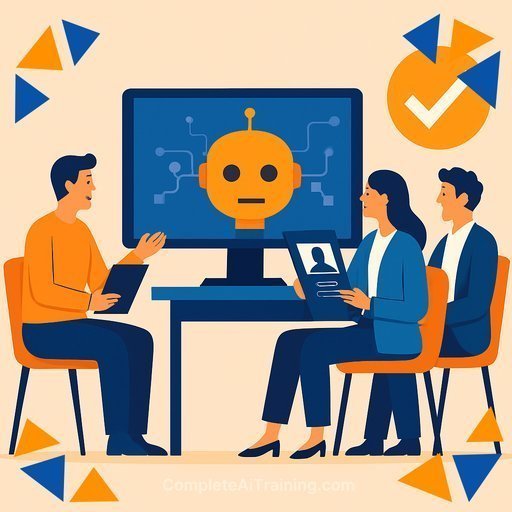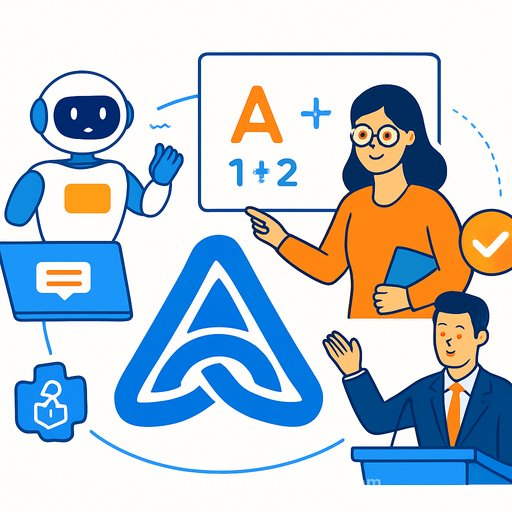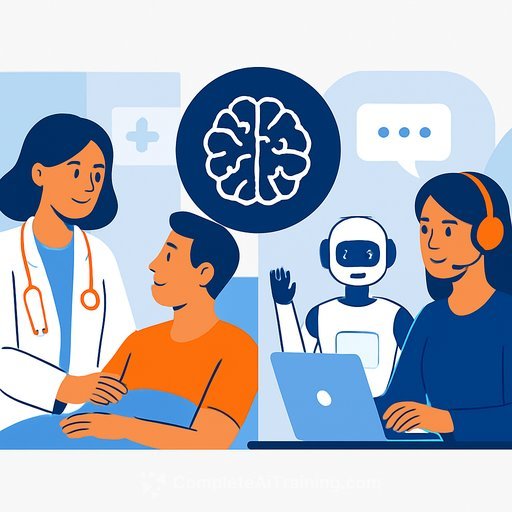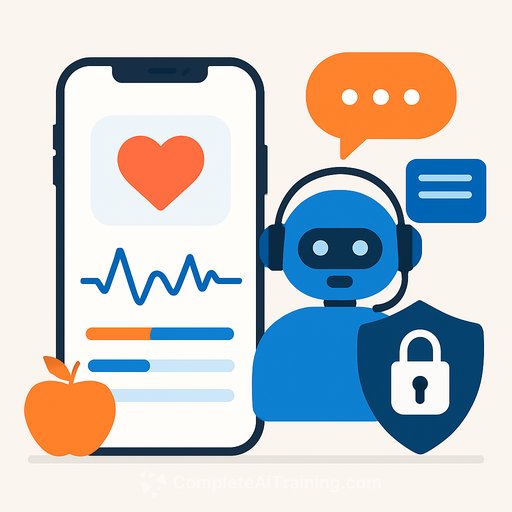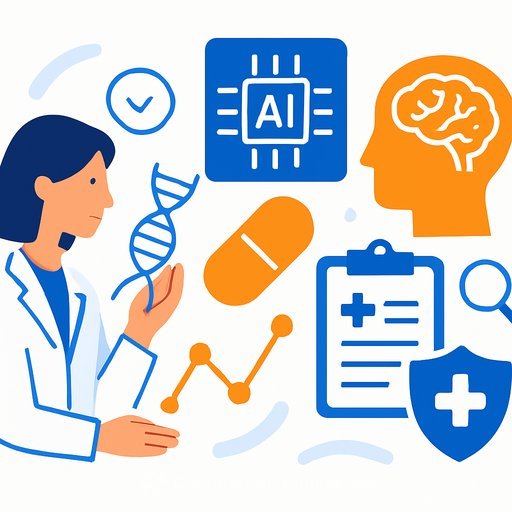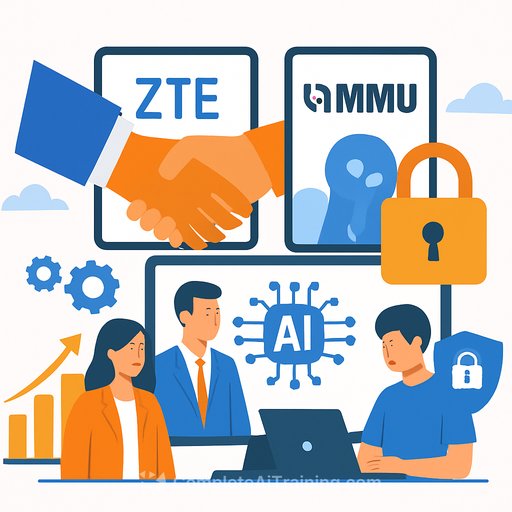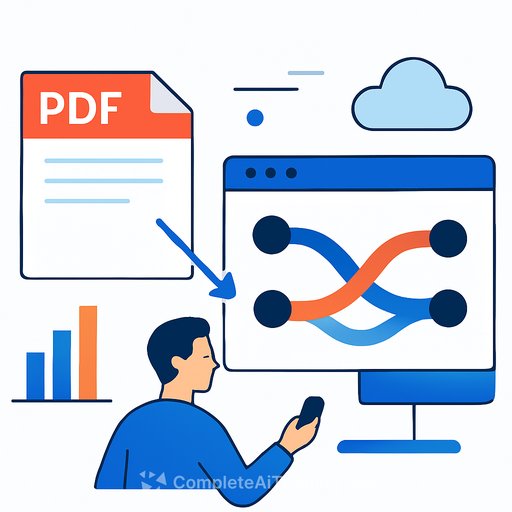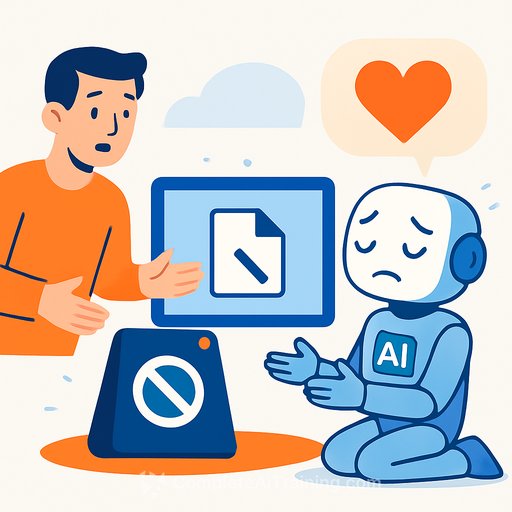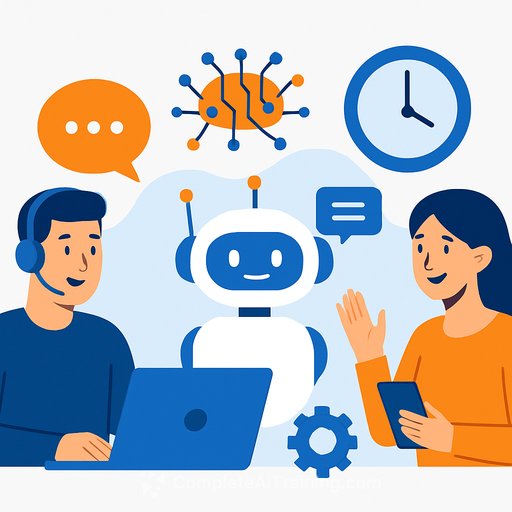AI Is Creating Jobs - Here's What That Means For You
AI isn't wiping out work. It's reallocating it. Across 2025, AI created millions of roles across technical and non-technical tracks, with research from PwC and McKinsey indicating sustained growth through 2030.
Industries most exposed to AI are growing revenue nearly four times faster than in 2022, according to PwC's Global AI Jobs Barometer. When business adoption accelerates, hiring follows.
How Many Jobs Is AI Creating in 2025?
The numbers are big and getting bigger. The United States added over 280,000 net new AI roles in 2025, including 35,445 AI-related postings in Q1 alone (up 25.2 percent year-over-year). Europe created more than 850,000 AI-related roles, with Germany, France, and Sweden leading the way. Asia-Pacific added around 1.1 million new AI jobs; India alone produced over 490,000 roles.
Sector detail matters. Retail hired 360,000+ AI specialists for supply chain intelligence and customer behavior prediction. Education added 210,000 roles like instructional AI designers and personalized learning developers. Transportation and logistics created 315,000 positions as autonomous platforms scaled.
What This Means For Your Role
- Customer Support: Growth in AI trainer, bot conversation designer, and journey orchestration roles. Many are remote-friendly.
- Education: Instructional AI designers and curriculum developers are in demand as schools personalize learning at scale.
- Healthcare: Diagnostic AI analysts, patient data modelers, and system admins support clinicians rather than replace them.
- IT & Development: AI engineers, ML engineers, and solutions architects lead build, deployment, and integration.
- Operations: Predictive maintenance, demand forecasting, and smart systems oversight are core hiring areas.
Fastest-Growing AI Roles and Pay
Research analyzing nearly 3 million job listings shows sharp growth across both technical and creative tracks. Median pay for AI roles in Q1 2025 reached $156,998 as companies compete for talent.
- AI Engineer: +143.2% growth - $120,000-$140,000
- Prompt Engineer: +135.8% - $95,000-$110,000
- AI Content Creator: +134.5% - $75,000-$95,000
- AI Solutions Architect: +109.3% - $130,000-$160,000
- Machine Learning Engineer: +98.7% - $125,000-$155,000
Non-technical roles are growing fast too: AI product managers, compliance officers, and ethicists combine domain expertise with AI literacy.
Skills Driving Hiring Right Now
Design skills overtook coding and cloud expertise as the most requested competency in AI job postings. Human-centered thinking is now a must for building and applying AI responsibly and effectively.
- Core skills: Problem framing, prompt design, model evaluation, data quality, and change management.
- Human skills: Communication, leadership, and cross-functional collaboration appear in most AI postings.
- Domain + AI literacy: Roles blend industry knowledge with AI fluency (healthcare, education, operations, finance).
Industry Snapshots
Healthcare: Fastest Growth
Healthcare faces an estimated 1.9 million AI-related openings in 2025, with 5.5 million additional roles projected through 2030. Titles include diagnostic AI analyst, patient data modeler, and healthcare AI system administrator. AI augments medical professionals; radiologists using AI can process more cases with higher accuracy.
Manufacturing, Energy, Media, and Legal
Manufacturing added 188,000 jobs tied to smart systems and predictive maintenance. Energy and utilities are hiring for smart grid optimization and outage prevention. Media and entertainment created 143,000 roles in deepfake detection and personalized content engines. Legal tech roles grew 21 percent, focusing on document analysis, compliance automation, and research augmentation.
Remote vs On-Site
- Remote: 42% of AI roles (prompt engineering, AI training, documentation).
- Hybrid: 36% (ethics officers, model auditors, product leadership).
- On-site: 22% (robotics coordination, infrastructure engineering, facility integration).
The Road to 2030
McKinsey estimates AI could create 20-50 million new jobs globally by 2030. Other projections suggest larger totals when including complementary technologies like robotics, with net growth even after displacement.
- 2025: 5 million new jobs (cumulative 5 million)
- 2026: 6 million (cumulative 11 million)
- 2027: 7 million (cumulative 18 million)
- 2028: 9 million (cumulative 27 million)
- 2029: 11 million (cumulative 38 million)
- 2030: 13 million (cumulative 51 million)
Job Creation vs Job Displacement
By 2030, up to 30 percent of current work hours could be automated. That's tasks, not whole jobs. Most roles will evolve as AI handles the routine and people focus on judgment, creativity, and coordination.
Roles Most Affected
- Office support: projected reductions of ~3.7 million roles by 2030.
- Customer service: potential decline of ~2 million roles as routine inquiries automate.
- Food service: modest decreases (~2 percent).
Lower-wage workers are 10-14x more likely to need occupational transitions. Women (overrepresented in office support and customer service) and Black and Hispanic workers (overrepresented in customer and food service) face outsized risk without reskilling support.
Net Impact
Overall job growth looks positive. Expect ~12 million occupational transitions by 2030 (around 6.5 percent of current employment in developed markets). The real constraint isn't jobs - it's training capacity and access.
Regional Snapshot
- North America: The U.S. holds 18 percent of global AI jobs; AI governance and compliance roles are surging. Canada saw 33 percent growth, helped by deep tech funds.
- Asia-Pacific: 47 percent of global AI job creation by mid-2025. India's AI employment grew 42 percent year-over-year. Job listings mentioning AI rose 94.2 percent, outpacing North America's 88.9 percent.
- Europe: Strong hiring in Germany, France, Sweden. Eastern Europe delivered 11 percent of continental growth via AI annotation and training hubs.
- Latin America & Africa: Latin America up 17 percent (fintech and language AI). Sub-Saharan Africa up 12 percent from a smaller base.
How To Prepare: Practical Playbooks by Job
Customer Support (30-60-90 Days)
- Map your top 20 customer intents and draft response guides enhanced with AI suggestions.
- Build a small knowledge base and fine-tune prompts; measure deflection and CSAT impact.
- Learn conversation design and AI quality assurance; target roles like AI Trainer or Prompt Engineer (Support).
Education
- Pilot adaptive learning for a single course; define data privacy and integrity rules.
- Create lesson plans that pair teacher expertise with AI feedback loops.
- Focus roles: Instructional AI Designer, AI Curriculum Developer, EdTech System Admin.
Healthcare
- Get fluent in ML basics for clinicians and bias/risk controls for patient data.
- Prototype workflow support (triage summaries, coding, imaging pre-reads) with clear human oversight.
- Focus roles: Diagnostic AI Analyst, Patient Data Modeler, Healthcare AI Administrator.
IT & Development
- Ship one AI feature end-to-end (retrieval-augmented search, smart form, or code assist).
- Stand up evaluation pipelines, observability, and safe rollout gates.
- Focus roles: AI Engineer, ML Engineer, AI Solutions Architect, MLOps.
Operations
- Implement demand forecasting and anomaly detection on a critical process.
- Pilot predictive maintenance or digital twins with clear uptime and cost KPIs.
- Focus roles: Supply Chain Intelligence Lead, Predictive Maintenance Analyst, Ops AI Program Manager.
If you want structured paths by role and skill, explore curated learning tracks and certifications at Complete AI Training - Courses by Job, Prompt Engineering resources, and popular AI certifications.
Wage Premium for AI Skills
Workers with AI skills earn a clear premium over peers in the same occupation. That premium grew from 25 percent in 2024 to higher levels in 2025 as hiring heated up.
Even in highly automatable roles, AI-literate workers earn more and move up faster. The catch: skills are changing faster than before. Keep learning, ship projects, and document outcomes.
Browse role-specific learning plans and new releases at Latest AI Courses and Courses by Skill.
FAQs
- How many jobs will AI create by 2030? Estimates range from 20-50 million new AI-related roles. Broader tech adoption scenarios project higher totals with net gains after displacement.
- What are the highest paying AI jobs? AI Solutions Architect ($130k-$160k), Machine Learning Engineer ($125k-$155k), and AI Engineer ($120k-$140k) were among the top in 2025.
- Which industries are hiring the most AI workers? Healthcare leads in absolute numbers. Retail, manufacturing, finance, transportation, and education are strong as well.
- Are AI jobs mostly remote? About 42 percent are fully remote, 36 percent hybrid, and 22 percent on-site (often robotics and infrastructure).
- Will AI create more jobs than it eliminates? Current research indicates net job growth. The key is helping workers transition with focused training.
Sources
Your membership also unlocks:

